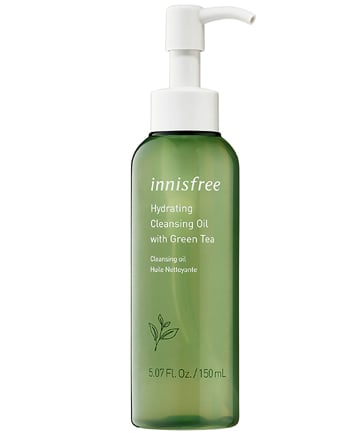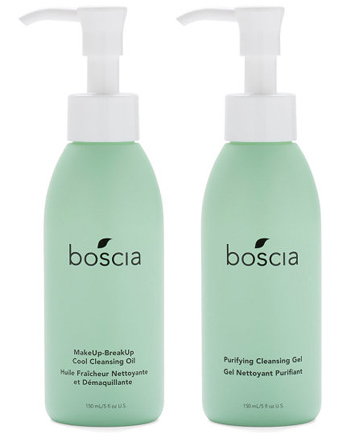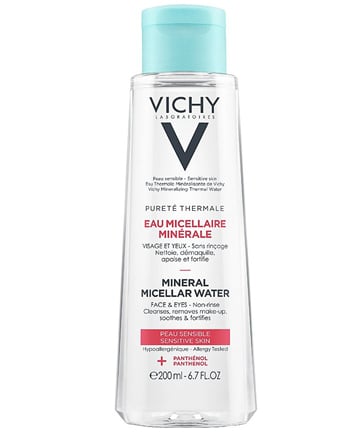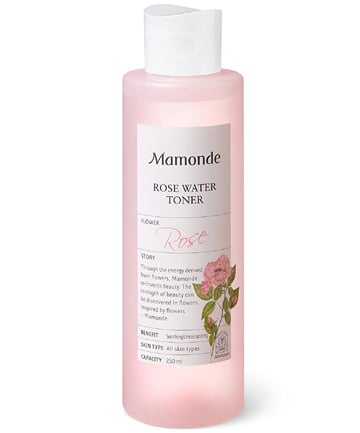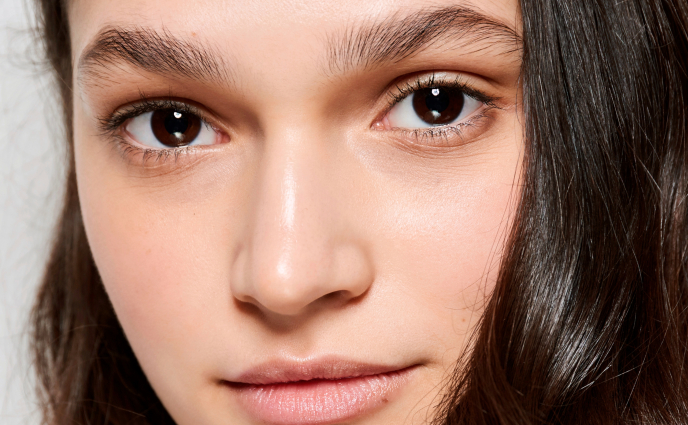We talk a lot about how to apply sunscreen because we need to be wearing it every single day. But what about removing it? At the end of the day, we want everything to come off our skin... including the several layers of liberally applied (and re-applied) sunscreen. Much like mascara, sunscreen is notoriously difficult to remove. So, with that in mind, we asked experts how to properly cleanse skin, without irritating our faces. Read on.
Image via Imaxtree
Struggling to get sunscreen off the sides of your face or around your nose? You're not alone. Medical aesthetician and founder of Amethyst Skincare Nicole Simpson says that sunscreens of today are made to have staying power. Coola's retail marketing manager Kristine Guanzon elaborates that they are difficult to remove, especially water-resistant ones. But, there are solutions: She says that since sunscreens are typically oil-based, cleansing oils work really well at breaking down sunscreens.
Another bonus? Cleansing oils are gentle and less stripping, so you don't have to worry as much about overdoing it!
If you're not yet a devotee of double cleansing, now could be a good time to try it. Simpson is always a fan of double cleansing. Double cleansing is exactly what it sounds like: Cleansing with two cleansers. Firstly, a cream or oil-based cleanser is used typically followed by a water-based one. The cleansers target different things and rid skin of impurities. Guanzon points out that double cleansing is a good method because the deep cleaning will take care of potential dirt, oil and sweat that can get trapped under many layers of sunscreen.
Worried about drying out skin? "Sunscreens don't normally strip skin of moisture, but overcleansing can," cautions Simpsons. If double cleansing, the first cleanse can be a cream-based hydrating cleanser to avoid disrupting skin's protective barrier and protect against water loss." Nourishing oil cleansers can also work.
Yes, it's called "makeup remover," but that versatile product can also help with taking off sunscreen. Guanzon suggests using it before cleansing. An oil-based makeup remover will be effective in removing oil-based sunscreens in the same way that an oil-based cleanser is.
Similarly, try a micellar water to bust through layers of sunscreen.
Simpson recommends using both a cleanser and a toner to ensure skin is fully cleansed. She cautions it's essential to choose the right products for your skin type so you don't disrupt the skin barrier when removing your SPF.
Toner will remove any remaining residue, plus, it adjusts the pH of skin so that the products layered on afterward absorb and function better.



